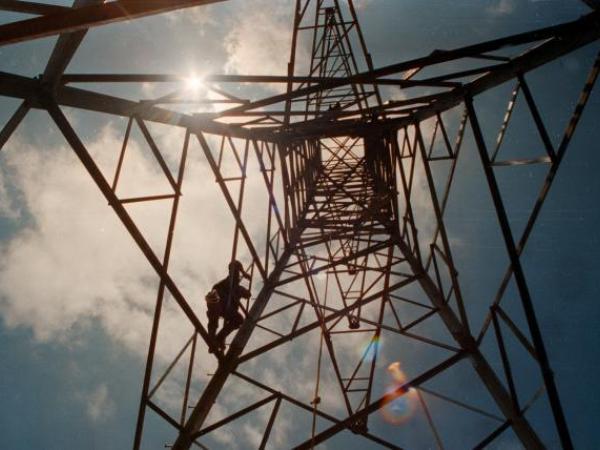The public service of electricity distribution is so profitable in the countrythat currently the business is provided by more than a hundred companies, between small, medium and large.
(These are the pioneer companies to produce hydrogen in the country).
However, most of the pie in this activity that represents annual revenue of about $12 billion (more than $9 billion in distribution and $2.5 billion in marketing), is in the hands of three companies that are in charge of 50% of the operation.
A) Yes, Public Companies of Medellín (EPM), Pereira Energy Company (EEP) and the Bogotá Energy Group (GEB) they dominate the business in the provision of electricity services, while the remaining 50% in distribution is in public and private companies with departmental or municipal scope.
The Antioquia conglomerate carries out its work in the departments of Antioquia with EPM, in Córdoba, Sucre, Bolívar and César with Afinia, in Caldas with the Caldas Hydroelectric Power Plant (CHEC), in Norte de Santander with Norte de Santander Power Plants (CENS). ), in Quindío with Empresa de Energía del Quindío (EDEQ), and in Santander with Electrificadora de Santander (ESSA).
For its part, EEP participates in the distribution of energy in Atlántico, Magdalena and La Guajira with Air-e, and in Risaralda and Norte del Valle with EEP. And the Bogotá group does the same in Bogotá and Cundinamarca with Codensa and in Meta with Electrificadora del Meta (EMSA).
(‘We need oil and gas, but in a sustainable way’: Duque).
Likewise, in the List of Energy Distribution – Commercialization Companies of the Creg, made up of 130 companies, the bulk of the operation in the country is served by about 30 companies (see map).
According to Andesco, the coverage in the energy service is close to 97.5%, and the consumption of electrical current at the end of 2021, compared to 2020, grew by 5.2%.
The union also reiterates that, by December of last year, this sector of public services and communications represented between 6.7% and 7% of GDP, where the distribution of electrical energy could mean half, which shows an important participation.
“Let us not take for granted that companies are contributing to the reactivation of the country and that we are present in the day-to-day life of families, from the moment they get up and turn on the tap to drink water, until the night when the last light goes out,” Camilo Sánchez, president of Andesco, pointed out.
The union leader underlined the gratitude “to the families who pay their utility bills on time because they are contributing to the sustainability of the companies and are helping them alleviate the weight of the delinquent portfolio left by the measures due to the pandemic.”
QUALITY IN THE SERVICE
A recent report from Superservices indicated that in 2021 the electric energy service, with nearly 110,000 applications, was the one that received the higher number of claims by users.
(Renewable energies: 10 solar plants are ready in Meta).
The lawsuits stemmed from the disagreement over the measurement of invoiced consumption, the inconvenient charges and charges for connection, reconnection and reinstallationand on the provision of the service, in the same way in administrative matters and for the suspension or cut of the service without prior notice.
“We observed an increase in the number of procedures and direct interactions with users, due, in part, to the conditions of isolation and difficulties in obtaining a response from the provider companies, which led the affected people to present them directly to the entity” explained Superintendent Natasha Avendaño.
According to the report, the distribution companies Afinia and Air-e from the Caribbean region, along with Codensa and EPM, were the ones that had the most complaints regarding the service.
In addition, the areas of the country with the highest number of claims were Bogotá, Atlántico, Bolívar, Valle de Cauca, Santander and Antioquia.
ALFONSO LOPEZ SUAREZ
BRIEFCASE
















